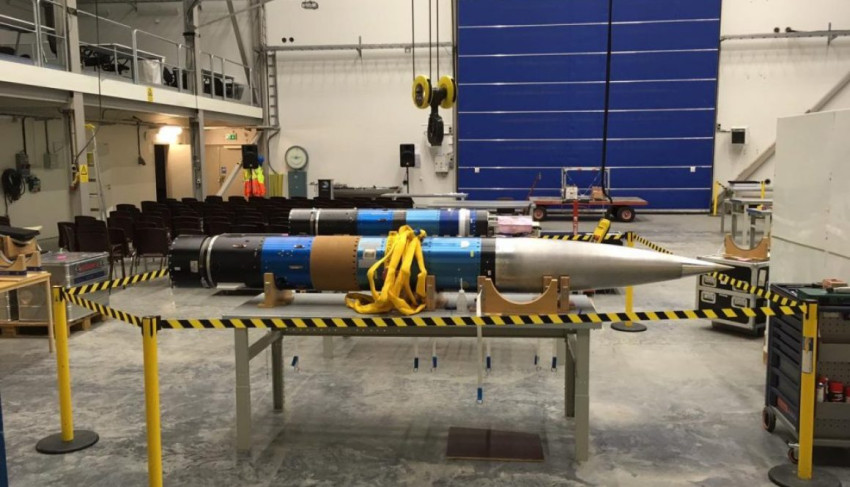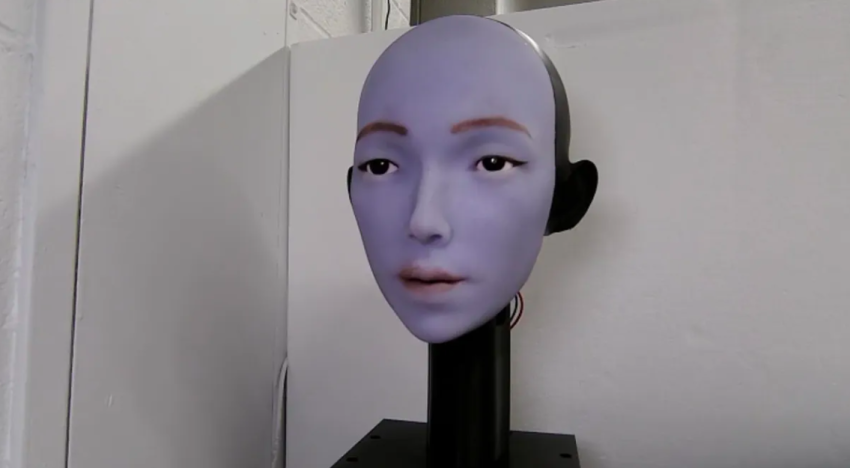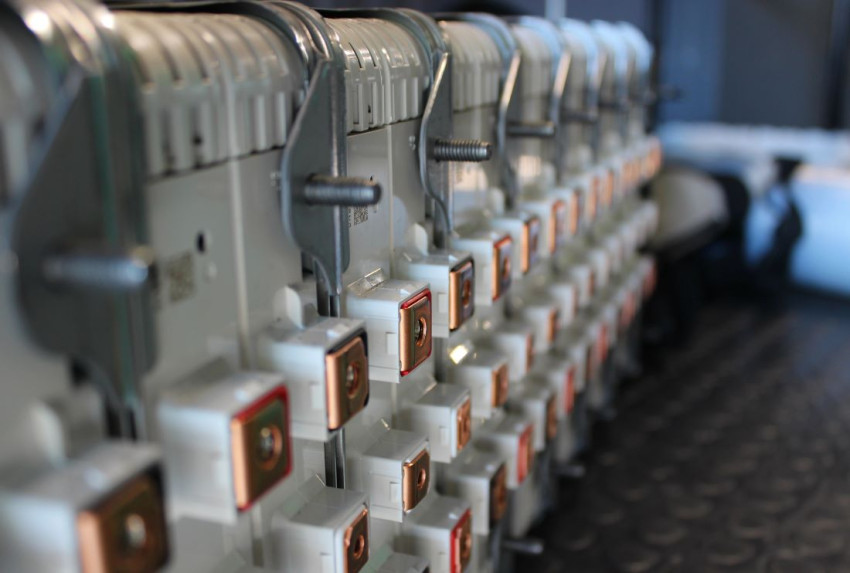
Experiment by Dutch students selected for rocket launch
How do you determine the exact location of a rocket travelling at 1,500 metres per second towards its target? To answer that question, a team of students from Eindhoven and Nijmegen will be testing some new technology in Sweden next week.
The PR3 Space student experiment has been selected for participation in the European REXUS programme, an initiative of the European Space Agency (ESA) and others. Under the programme, two rockets are launched each year with a number of experiments devised by student teams on board. ‘We are the first Dutch project ever to be selected,’ says project leader and researcher Mark Wijtvliet of Eindhoven University of Technology
The rocket with the Dutch experiment on board will be launched sometime between 11 and 14 March from the Esrange launch site to the east of the city of Kiruna in the far north of Sweden. The rocket is expected to remain in the air for about 15 minutes, where it will soar between 80-100 kilometres above the earth’s surface.
FREQUENCIES
The student team from Eindhoven University of Technology and Radboud University Nijmegen hope that their technology based on radio interferometry will improve the accuracy of determining a rocket’s position. It relies on the continuous emission of radio signals from the rocket via three antennas, each with a different frequency. The signals are collected by five ground stations around the launch site.
‘We can calculate the location of the rocket by comparing the phase difference between the incoming signals,’ according to Hamid Pourshaghaghi, supporting researcher from Radboud University Nijmegen, in a press release. The location of the rocket is measured 1,000 times per second, so it can be determined to an accuracy of a few centimetres, which is up to ten times more accurate than GPS technology.
1,500 METRES PER SECOND
‘Precisely determining the position of a rocket is technically difficult, because of the rocket’s high speed of up to 1,500 metres per second, and the fact it passes through multiple layers of atmosphere,’ says Wijtvliet. ‘This experiment is useful for aerospace organisations, because it’s important in experimental flights to be able to adjust the rocket in good time, so it returns to the desired location.’
According to Wijtvliet, GPS is problematic because of its inaccuracy when an object is accelerating rapidly. ‘If the engines are still firing, GPS tracking can be dozens of metres out,’ says the team leader, ‘but it’s only during this phase that a rocket’s course can be corrected.’

The team has already arrived in Sweden, where the next few days will be filled with final testing, says Wijtvliet. ‘We will go through the whole flight step-by-step again, and then carry out two simulation flights.’ One aspect that is still unclear is the influence of the temperature of the rocket. It gets hotter during the first flight stage, but it is still unknown if this will affect communications with ground stations.
PHONE SENSOR
The students will be conducting a second experiment at the same time, in which they will measure cosmic radiation using simple sensors from phone cameras. These cameras, if properly adjusted, can measure ionic radiation. ‘This allows the radiation from for instance CubeSats, nanosatellites measuring 10 x 10 x 10 cm, to be measured, so their lifespan can be monitored better,’ says Pourshaghaghi.
Photos: PR3 Space
If you found this article interesting, subscribe for free to our weekly newsletter!







